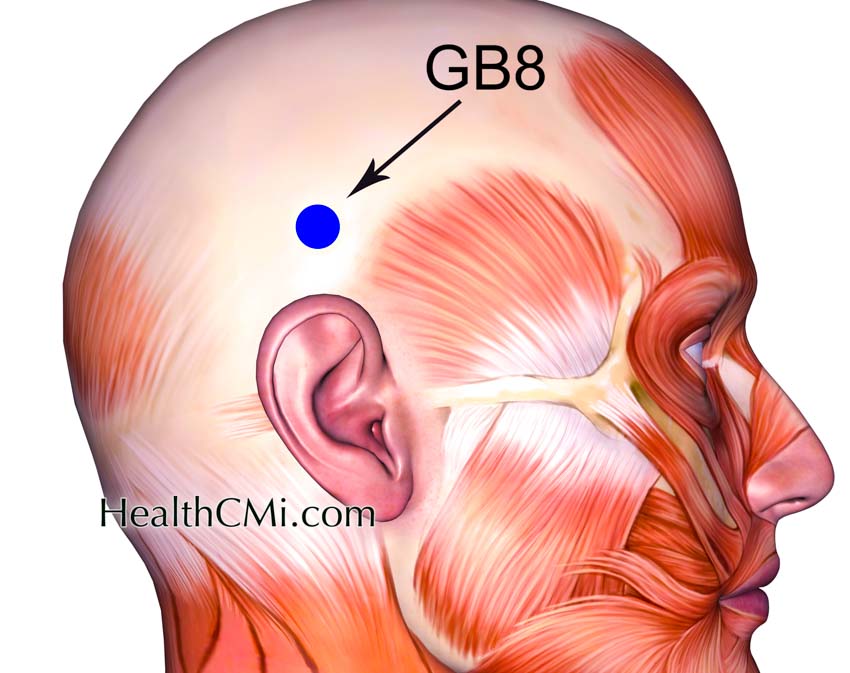
Acupuncture is effective for the treatment of vertigo due to cervical spine related conditions and diminished blood flow. Second Affiliated Hospital of Anhui University of Traditional Chinese Medicine researchers compared two groups. One group received only chiropractic and drug therapy. Another group received identical interventions plus the addition of warm needle acupuncture. The group receiving acupuncture had superior patient outcomes. [1]
Following completion of the treatment, the warm needle acupuncture group yielded an efficacy rate of 97.50%, while that of the other group was at 80.00%. Based on the symptom scoring system used to assess functioning of the cervical vertebra, the score of the warm needle acupuncture group improved from 13.33 ±1.73 to 9.54 ±1.18. The other group had a significantly smaller improvement.
The acupuncture group demonstrated additional systemic improvements. Calcitonin gene-related peptide (CGRP) levels increased more markedly. D-dimer (D-D) and total cholesterol (TC) levels yielded greater decreases in the warm needle acupuncture group. Blood flow velocity in the bilateral coronary arteries and basilar artery also improved more significantly in the acupuncture group.
There were 80 cases admitted into the hospital at the outset of the study. The sample was randomly divided into the acupuncture group and the observation group, with 40 cases in each group. Among the acupuncture group, 21 males and 19 females. Age range was 32 to 59 years, mean age was 46.77 ±5.11 years. Course of disease was 1 to 3 months. Mean course of disease was 2.48 ±0.25 years: 11 cases were hyperlipidemia, 16 were hypertension, and 13 were diabetes patients.
Among the observation group, 19 were males and 21 were females. Age range was 33 to 61 years. Mean age was 47.99 ±6.21 years. Course of disease was 1 to 3 months. Mean course of disease was 2.28 ±0.35 years: 13 cases were hyperlipidemia, 15 were hypertension, and 12 were diabetes patients.
Inclusion criteria showed cranial doppler examinations with insufficient blood supply to the vertebral basal artery, and the patient tested positive for the cervical torsion test. Standard exclusion criteria consisted of the following: intracranial occupying lesions, cerebral infarction, cerebral hemorrhage, epilepsy, acute infectious diseases, abnormal coagulation function, pregnancy, and lactation.
Both groups received 30 mg nimodipine tablets (a calcium channel blocker), three times per day. Chiropractic therapy was administered in a sitting position. Cervical spinal traction and spinal manipulation was applied for 30 minutes respectively. For the warm needle acupuncture group, the following points were chosen to apply lei-huo-jiu warm needle acupuncture therapy (雷火温针灸):
- EX-B2 (Jiaji)
- GB20 (Fengchi)
- GB8 (Shuaigu)
- GV20 (Baihui)
- CV6 (Qihai)
- CV12 (Zhongwan)
- GV23 (Shangxing)
Filiform needles (0.30 mm × 40.00 mm) were inserted swiftly and obliquely, with an insertion length of 15 mm. After obtaining a deqi sensation, a mild reinforcing-attenuating method (Ping Bu Ping Xie Fa) was used. Special moxa made of several herbs, including Yinchenhao (茵陈), Muxiang (木香), Chenxiang (沉香), Chuanshanjia (穿山甲), and Ganjiang (干姜) were connected to the needle ends and ignited. Needles and moxa were retained for 30 minutes. Treatment was administered three times a week for four weeks.
Based on the findings, the researchers indicate that warm needle acupuncture improves blood flow to the vertebral arteries, relieves tension of the muscles and joint ligaments, and ameliorates vertigo. The results indicate that a comprehensive integrative medicine approach to patient care is superior to usual care monotherapy.
Reference:
[1] Guo Qingjun, Jiang Tao, Chenfei. Ni Lu, etc., Effect of Needle-Warming Moxibustion Combined with Chiropractic Therapy on the Serum Levels of TC and CGRP and Vertebro-Basal Artery Blood Flow Velocity in Patients with Cervical Vertigo, Journal of Acupuncture and Moxibustion, May 2021,Vol. 37,NO. 5.


